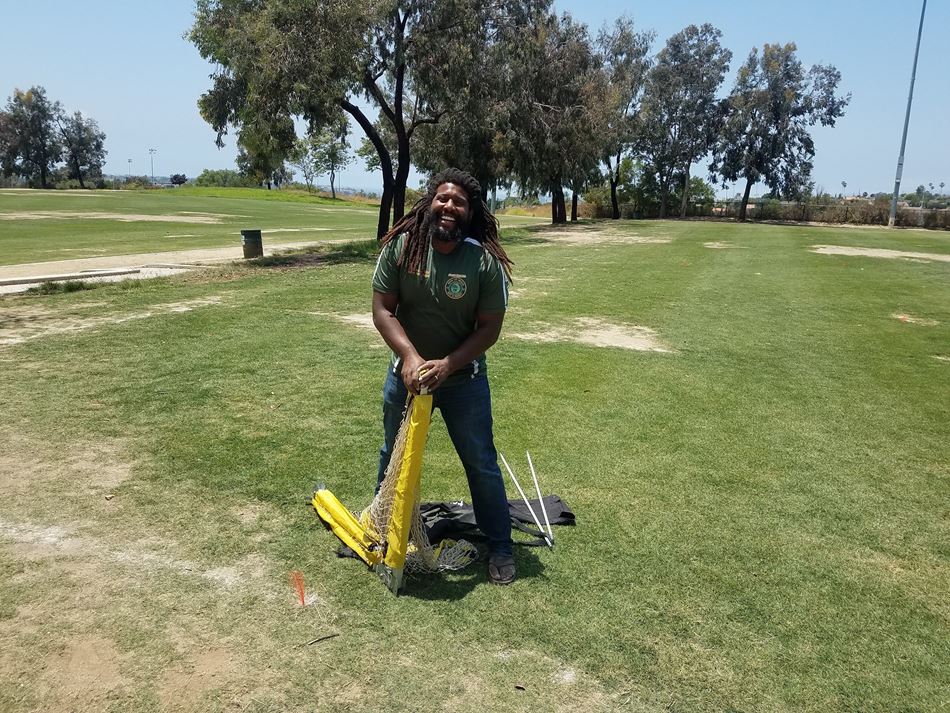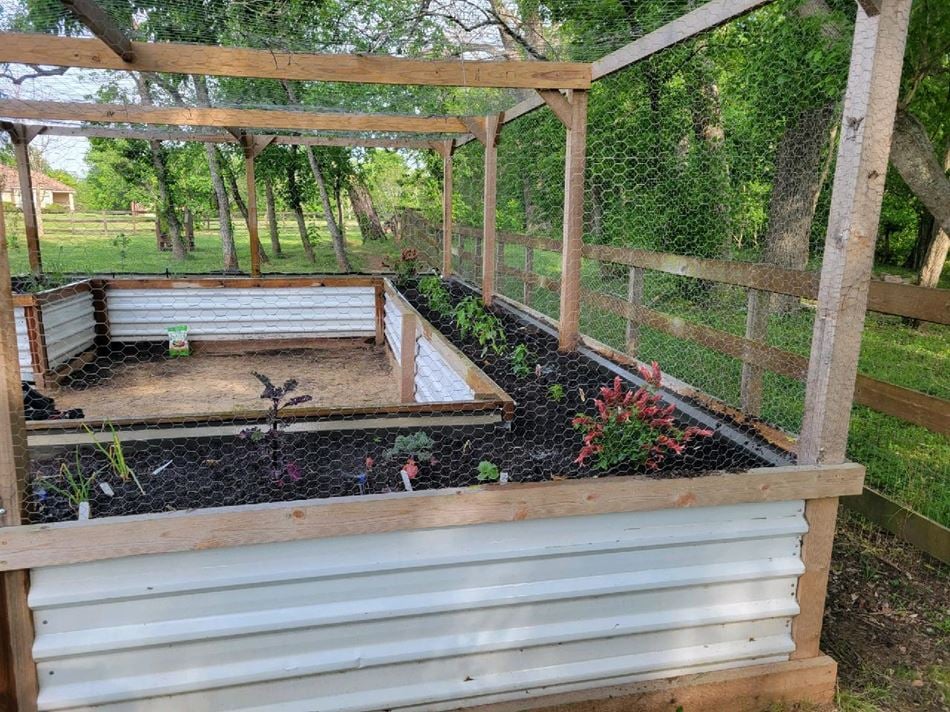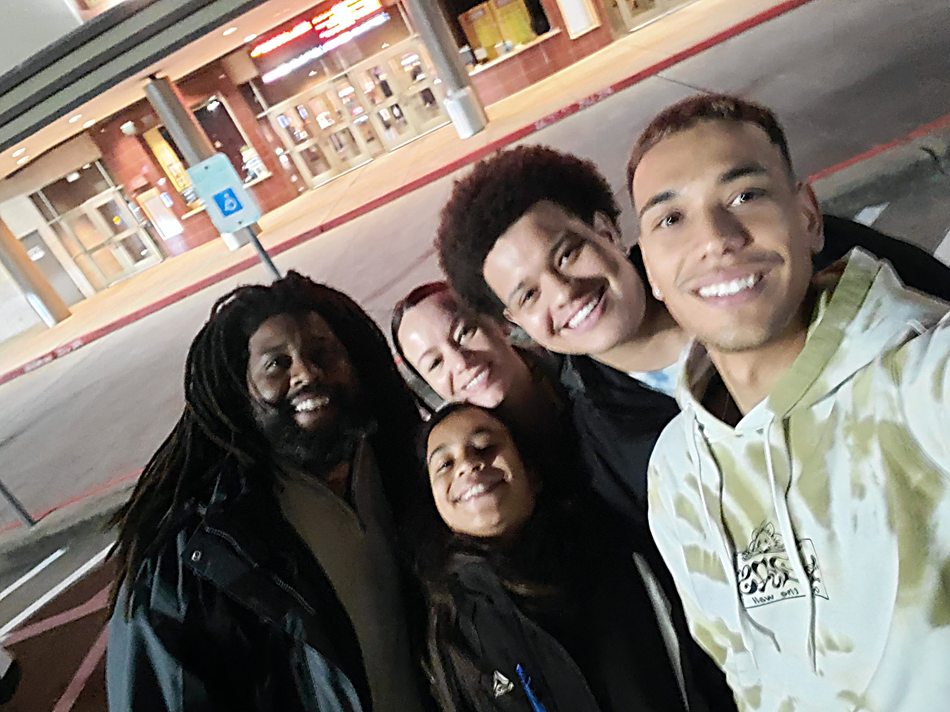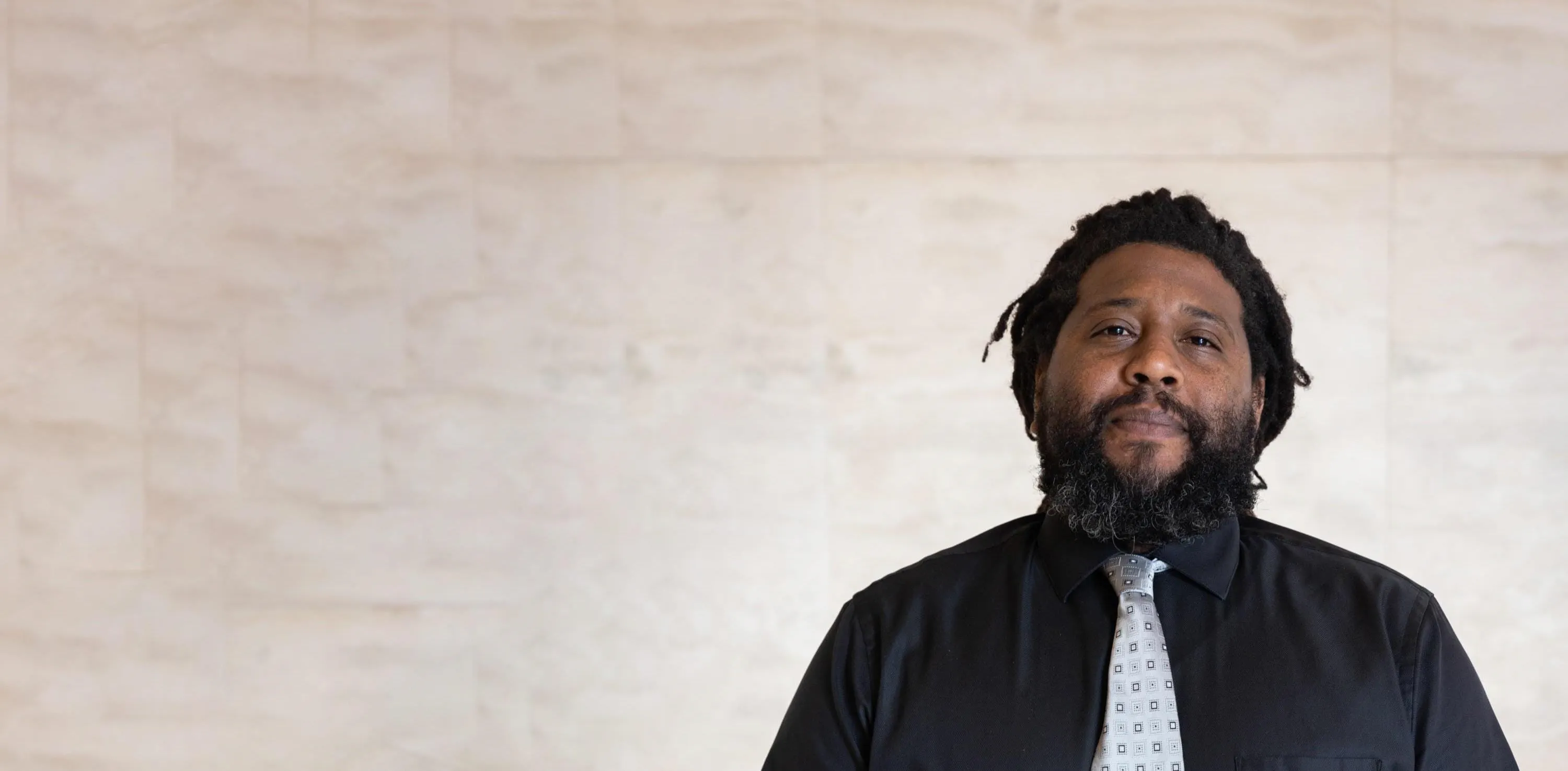Starchitects aside, we hear little about the individuals whose cumulative decisions shape the built environment. In our Profiles in Design series, we chat with engineers, architects, policymakers, and designers about their lives, careers, and daily aspirations.
Americas South Climate & Sustainability Services Leader Nataka White discusses the importance of placing communities at the center of all sustainability work.
Start by telling us how you got to where you are today. How did you end up pursuing a career in sustainability?
Becoming a sustainability professional is probably the best accident of my life!
Growing up as a kid, my household was always conscious of how much energy we used, trying to minimize waste and resources, and appreciate nature for everything it has to offer.
However, I became an engineer for completely different reasons. My first job out of college fortunately gave me the chance to start applying what I had learned as an engineer and mathematician to the built environment, and that’s eventually how I ended up here at Arup.
There are a lot of things from my background and upbringing that I’m now able to better understand and utilize through my professional work. The ways people interact with and feel comfortable in spaces is all relevant to the built environment, so the manner in which I’ve existed in my own communities has helped shape the direction of my skillset. Overall, it has worked out well, but I think it’s worth emphasizing that it wasn’t always immediately clear or obvious to me that I would work in sustainability. I’m just grateful to be here now, working each day to help shape a better world.
Nataka with colleagues, attending an award gala
So, what do you enjoy most about your work?
What I love most about my position is the direct impact my work has on people. Don’t get me wrong, I definitely enjoy getting lost in the math behind understanding systems and engineering – those aspects are really fun for me. But I need to be aware of how my work affects people.
I’ll give an example: one of my favorite projects was working in Los Angeles with the Wilshire Center Business Improvement District (WCBID). Our goal was to help understand the building stock in the area, which was mostly residential. We learned the residents came from various countries, which means that they all live in slightly different ways. Their perception of the energy systems we use here in the United States after being accustomed to other systems is an important consideration to the solutions and implementations we ultimately devised.
Thinking about the varied perspectives as well as the potential future needs for these multifaceted communities was vital for an authentically sustainable outcome. Being able to engage those communities and tailor engineering solutions to best complement them was such a valuable experience for me.
Let’s look ahead a bit. You’ve recently moved to the Houston area. What are some thoughts or hopes you have for the future of sustainability in that region?
I’m hoping for more walkable spaces! The norm here in Houston is driving everywhere, even if it’s only five minutes away. This way of living is inherently a bit disconnected, and it certainly feeds into how the communities live and interact in this region. From my experience, with more walkable spaces, you provide pathways for people to connect with each other and grow closer.
Maybe that idea sounds pretty radical and new for an area that has relied on its strong oil industry for the past 50 or 60 years. But before those industries were here, before that dependency on driving everywhere existed, people were more connected to each other because there were no other options.
So yes, we are looking ahead, but not toward some unattainable, futuristic life. We’re just looking at bringing things back to connect and uplift people.

Could you expand on the possibilities that open when community members feel more connected to each other?
When we went through the Great Texas Freeze back in 2021, a lot of us, my family included, lost access to water. We were taking showers out of a pot for about three months, until our neighbor, whose pipes had survived, invited us over to shower at his home. I wanted to return the favor, and I realized we still had power while they didn’t. I invited them over to a room in our house that we had been able to keep warm.
These moments might seem small, but they start to add up. Little by little, we find out there’s someone in the neighborhood who knows how to fix pipes. There’s someone who has a spare part that we’re missing. There’s someone who really needs extra food. We all started training ourselves to have these thoughts, to extend our thinking to others, and utilize those channels when we were able.
When these systems that have been engineered to protect us fail, communities still find ways to be resilient. Do we need more resilient systems? Of course, and there’s a lot of work to be done there. But at the heart of true resiliency is a tight knit community. So, any system simply must be designed to support that community and let it thrive. To remove those connections is to remove a tremendous strength.
And it’s not just in tough times either. A little while ago, I used my engineering skills and knowledge to build an enclosed garden to grow some of our own food, working around some of the strict rules our Homeowners Association (HOA) has. I talked with families who noticed our garden, and my wife and I have started seeing similar structures pop up around the neighborhood.
You asked me to expand on the possibilities when community members are close to each other, but I think if you’re able to combine diverse knowledge and backgrounds like that, then the possibilities are endless!

Nataka and his son at a conference
So how do we design responsibly? And why is doing so important?
A responsible design considers the people in the relevant community, the cultures in that community, and the history of that community. It seeks to complement all those aspects in a long-lasting way.
Here in Houston, developers are bringing in a lot of new buildings, and our beautiful natural landscape is suffering as a result. I found out an “old home” here is from 2010. The permitting structures and city regulations for developers are really open here, so developers can come in with almost any idea they want and make it happen. When you have that kind of freedom, it’s even more important that you design responsibly.
As designers, we should work to show the value of the people-first approaches we believe in, bringing a uniquely deep attention and care toward community impact in every project we pursue. Here at Arup, that’s not anything special, but simply our norm.
What advice do you have for those seeking to enter or transition to a green career?
Well ideally, we will never have to use that designation again. All careers and everyone’s normal day-to-day will be centered around restoring our natural environment and uplifting communities.
The advice I would give is to reflect on your upbringing. Understand where you came from, where your parents came from, where your grandparents came from, and so on. Bring all of that to the table. Individuals and unique perspectives matter because they unlock a whole new range of possibilities. But you have to start by understanding what you can bring and contribute in the first place.
It’s normal if your past or current work doesn’t have an obvious connection to sustainability; as I said for myself, I sort of ended up here by accident. But I’m here now. And I’ve got passion. And I’m letting my experience as a member of various communities inform my work.
So yeah, I’m hoping that we won’t need to distinguish between designers and green designers. We’ll just be ‘designers,’ with a shared responsibility and purpose.

 ;
;

